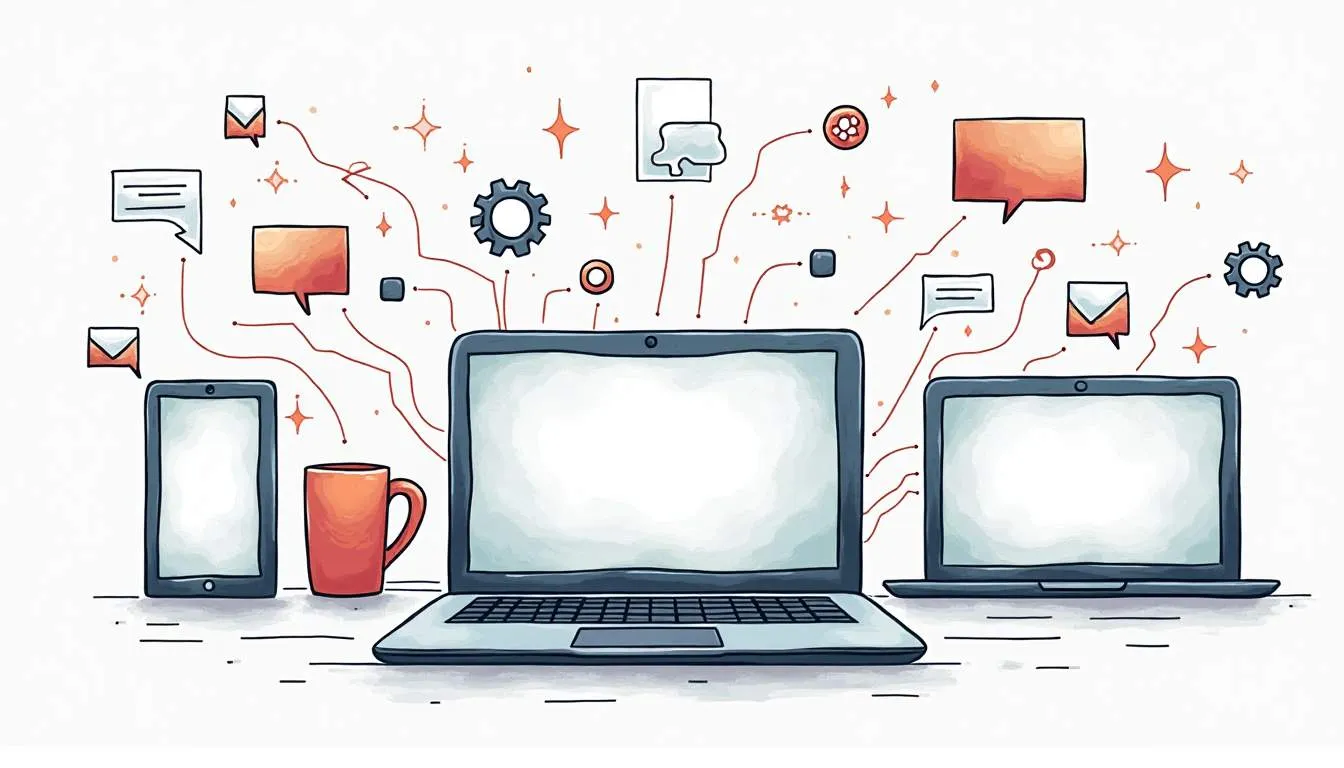


Remote Product Engineering: Management and Communication
In today’s fast-paced digital landscape, remote product engineering has become a cornerstone for many organizations aiming to innovate while leveraging global talent. The shift to remote work, accelerated by the global pandemic, has transformed how engineering teams collaborate, manage projects, and communicate effectively. However, managing remote product engineering teams comes with unique challenges that require thoughtful strategies and tools to ensure productivity, quality, and seamless communication.
This article explores the essential aspects of remote product engineering management, focusing on cross-cultural team collaboration and robust performance monitoring and quality control. Understanding these elements is crucial for leaders who want to harness the benefits of remote work without compromising on innovation or team cohesion.
Cross-Cultural Team Collaboration
One of the most significant advantages of remote product engineering is the ability to tap into a diverse, global talent pool. However, this diversity also introduces cultural nuances that can impact communication styles, work habits, and expectations. Effective cross-cultural collaboration is not just about overcoming language barriers; it’s about fostering mutual respect, understanding different perspectives, and creating an inclusive environment where every team member feels valued.
For instance, cultural differences can influence how direct or indirect communication is, attitudes toward hierarchy, and approaches to problem-solving. In some cultures, employees may hesitate to challenge ideas openly, while in others, candid feedback is encouraged. Recognizing these differences helps managers tailor their communication and leadership style to better suit their team’s dynamics. Understanding the subtleties of these cultural contexts can lead to more effective negotiation strategies and conflict resolution, ultimately enhancing team cohesion and productivity.
To bridge cultural gaps, many organizations invest in cultural competency training, which equips team members with the skills to navigate diverse work environments. Additionally, leveraging asynchronous communication tools like Slack or Microsoft Teams allows team members across different time zones to contribute thoughtfully without the pressure of real-time responses. Video calls remain essential for building rapport and clarifying complex issues, but balancing synchronous and asynchronous communication is key to maintaining productivity and engagement. This blend of communication methods not only accommodates different work styles but also empowers team members to express their ideas and concerns at their own pace, fostering a more inclusive atmosphere.
Moreover, creating rituals such as virtual coffee breaks or team-building activities can humanize remote interactions and foster stronger interpersonal connections. Celebrating cultural holidays and encouraging team members to share their traditions also enriches the team’s collective experience, promoting empathy and collaboration. These shared experiences can serve as a foundation for trust, making it easier for team members to collaborate on projects and share innovative ideas. Additionally, recognizing and appreciating the unique contributions of each culture can lead to a more creative and dynamic work environment, where diverse viewpoints are seen as assets rather than obstacles.
Furthermore, it is essential to establish clear guidelines and expectations for collaboration. This includes defining roles, responsibilities, and communication protocols that respect cultural differences. Regular check-ins can help ensure that everyone is on the same page and provide opportunities for feedback. By fostering an open dialogue about cultural differences and encouraging team members to voice their experiences, organizations can create a more resilient and adaptable team capable of navigating the complexities of a global market.
Performance Monitoring and Quality Control
Managing performance and ensuring quality in a remote product engineering environment requires a shift from traditional oversight methods to more outcome-focused approaches. Micromanagement is not only impractical but can also erode trust and morale when teams are dispersed across different locations.
Key performance indicators (KPIs) tailored to remote work are essential for tracking progress. These might include sprint velocity, code quality metrics, bug resolution times, and customer satisfaction scores. Using project management platforms like Jira or Asana enables transparent tracking of tasks and deadlines, giving both managers and team members clear visibility into project status. Furthermore, leveraging dashboards that aggregate these KPIs can provide a holistic view of team performance, allowing for quick identification of areas needing attention and promoting a proactive approach to problem-solving.
Automated testing and continuous integration/continuous deployment (CI/CD) pipelines play a crucial role in maintaining high-quality standards. These technologies help catch defects early, reduce manual errors, and accelerate release cycles, which is especially valuable when teams operate asynchronously. Additionally, incorporating code review practices within the CI/CD process not only enhances code quality but also facilitates knowledge sharing among team members, fostering a collaborative environment where best practices can be disseminated and adopted across the board.
Regular one-on-one check-ins and retrospective meetings provide opportunities for personalized feedback and continuous improvement. These sessions help uncover blockers, celebrate successes, and align individual goals with organizational objectives. Importantly, fostering a culture of psychological safety encourages engineers to raise concerns and suggest innovations without fear of reprisal. This culture can be further supported by implementing anonymous feedback tools, allowing team members to express their thoughts candidly and contribute to a more open dialogue about team dynamics and project challenges.
Data-driven decision-making is another pillar of effective remote management. By analyzing performance data, managers can identify trends, allocate resources more efficiently, and tailor coaching efforts where needed. Additionally, investing in employee well-being through flexible schedules and mental health support can reduce burnout and sustain long-term productivity. Offering access to wellness programs, virtual team-building activities, and resources for professional development can significantly enhance employee engagement and satisfaction, ultimately reflecting positively on the quality of work produced.
Ultimately, successful remote product engineering management hinges on balancing trust with accountability, leveraging technology to enhance transparency, and nurturing a culture that prioritizes quality and continuous learning. By embracing innovative tools and practices, organizations can not only maintain high standards of performance but also cultivate a resilient and motivated workforce capable of thriving in a rapidly changing digital landscape.

Want to see how wednesday can help you grow?




